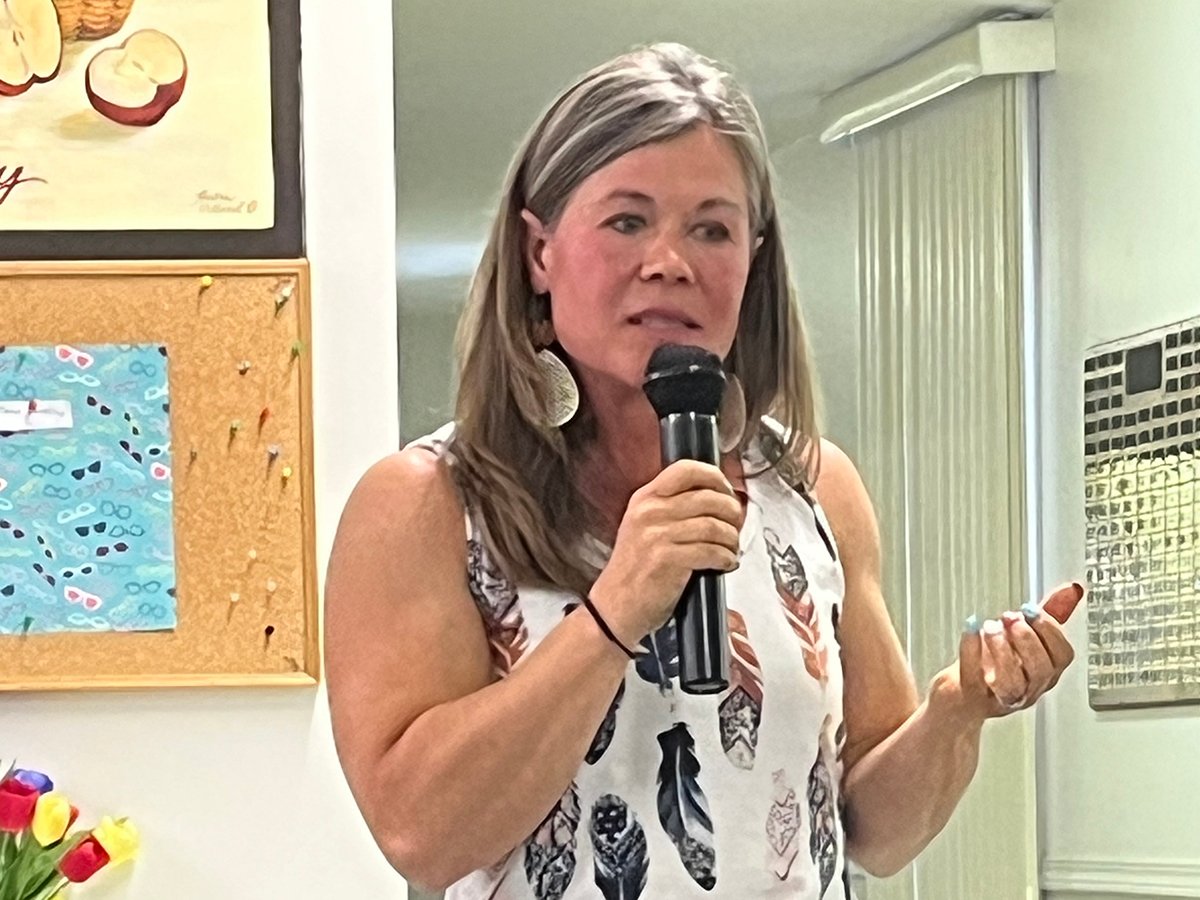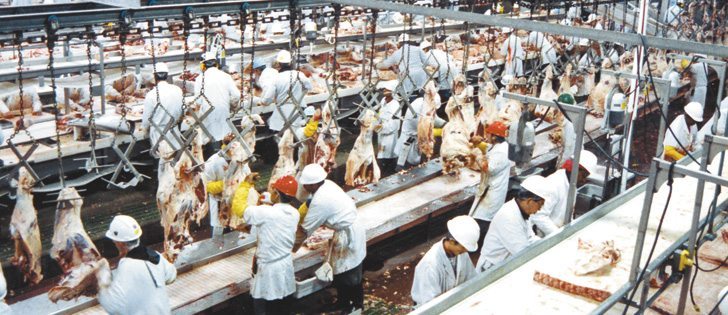BARCELONA, Spain (Reuters) – Low-carbon farming can curb climate change and boost food output in developing nations and so must be rewarded under a global climate deal due in December, the UN’s food agency said.
Steps to cut carbon emissions on farms in developing countries could also boost yields where food is shortest, the Food and Agriculture Organization said in a report published last week.
More than one billion people are undernourished now and the world will have to feed an additional three billion by 2050, many in areas expected to be worst afflicted by climate change, experts say.
Read Also

Petition launched over grazing lease controversy
Battle continues between the need for generation of tax revenue from irrigation and the preservation of native grasslands in southern Alberta rural municipality.
Certain farm practices can tackle both problems, such as conserving over-grazed pastures and caring for soils, but they involve up-front costs.
“A key part of the problem is a lack of financing,” said Leslie Lipper, FAO economist and co-author of its report, Food Security and Agricultural Mitigation in Developing Countries, published on the sidelines of UN climate talks in Barcelona.
“If adopted by farmers, many of these practices make them better off, but in the short run they may face reduced income,” Lipper said, using the example of removing cattle to allow grasslands to recover.
Agriculture has barely been mentioned in the Nov. 2-6 Barcelona talks, the final preparatory session before a meeting in Copenhagen, Denmark, in December meant to develop a global climate deal to replace or extend the Kyoto Protocol.
Farms account for 10 to 12 percent of global greenhouse gas emissions directly, not including their contribution to deforestation, according to a UN panel of climate scientists.
An FAO study this year put the extra farm investment needed to boost food yields at $210 billion US between now and 2050.
Some of the funding for low-carbon practices could come from carbon markets, whereby rich nations pay for cuts in developing countries to offset their own emissions.
Low-carbon farming in developing nations could raise up to $30 billion annually through such carbon finance, the study said.
One difficulty is the challenge of measuring the carbon cuts, such as the extra carbon locked in the soil as a result of reduced tillage and greater use of organic fertilizers such as manure and crop waste.
The cost of soil measurement means carbon markets may only work for the most effective carbon-cutting systems, and the rest need public finance. Finding adequate funds to cut carbon emissions in developing countries has been a long-running stumbling block at the two-year UN talks.














